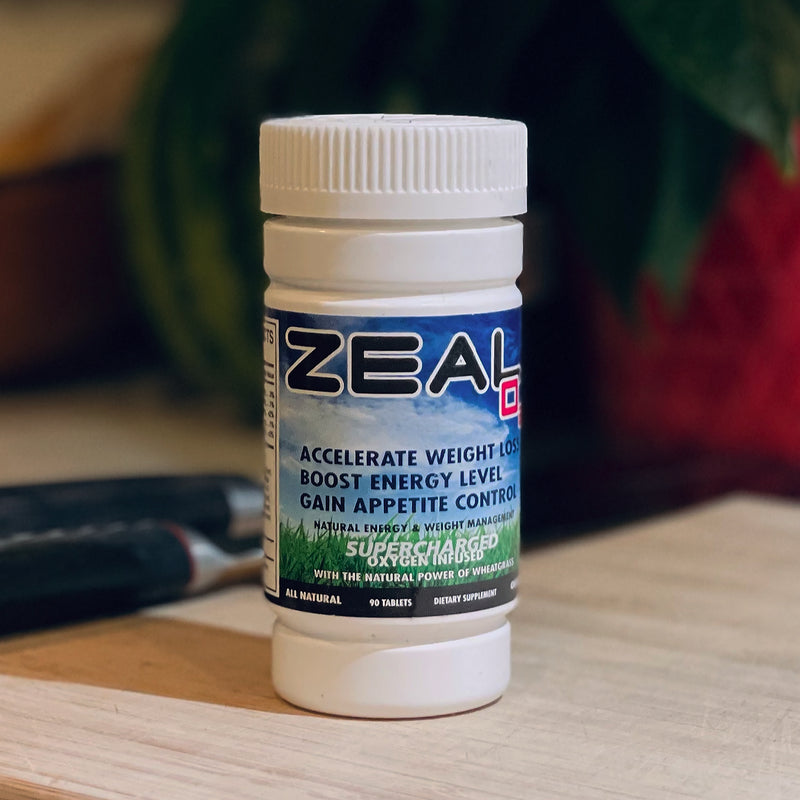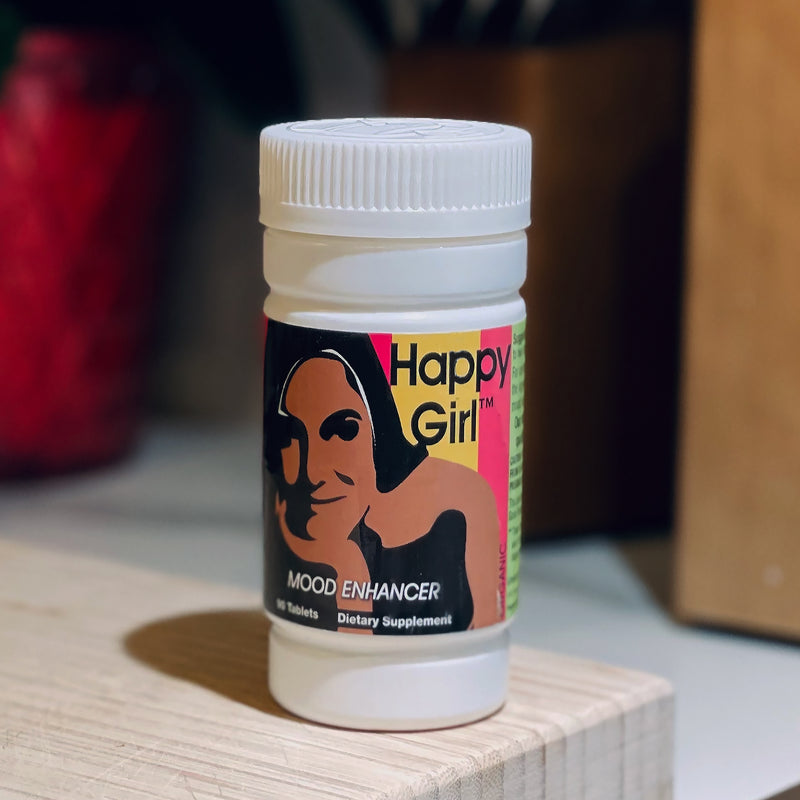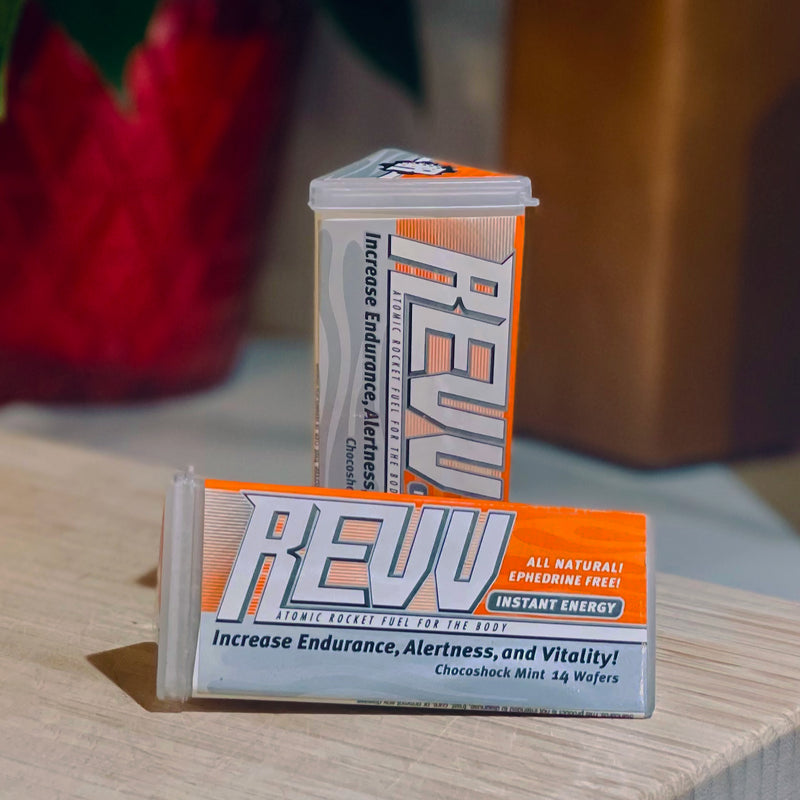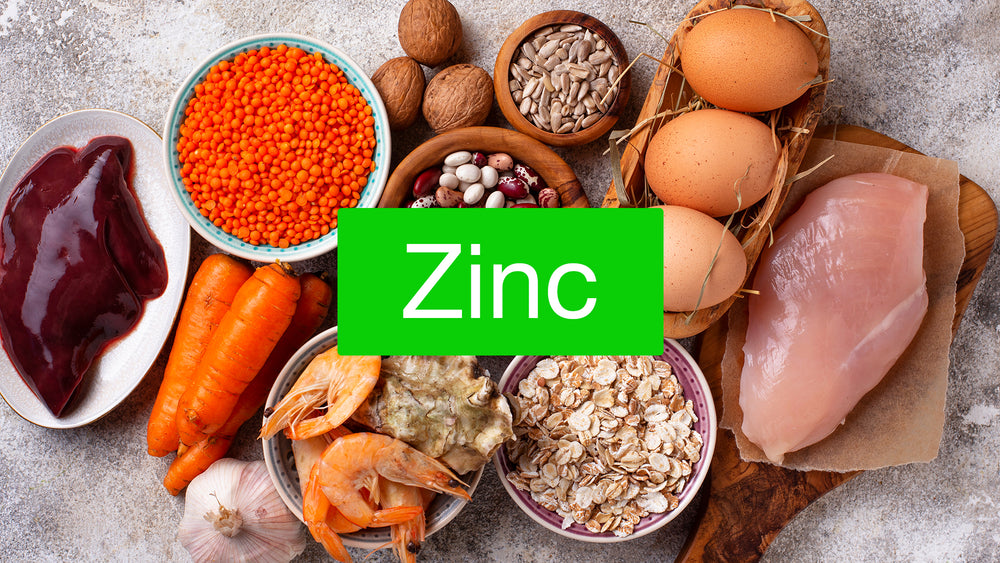Wheatgrass Plant: Why is it More Nutritional than Wheat Grain?
An early pioneer in investigating the wheatgrass plant, Charles Franklin Schnabel conducted experiments to discover the differences between young wheatgrass and the older wheat plant.
With repetitive painstaking dedication to finding then duplicating his results for verification, Schnabel both pinpointed the exact moment when wheatgrass has its most nutrients AND what those nutrients are.
He eventually patented his discoveries.
What Accounts for the Nutritional Difference Between the Young Wheatgrass Plant and the Older One (from which we harvest wheat grain)?
The planted wheatgrass plant seed undergoes rapid growth with increasing nutrition until a certain point. All this nutrition builds up to help the plant at its next stage, when it uses up the nutrition.
This crucial point is called "jointing," and it happens 8 to 12 weeks after sprouting.
After jointing, the wheatgrass plant focuses on its next stage -- reproductive success -- by sending its remaining nutrients into seeds (or grain) developing on the leaves.
To give you an example, the protein content of wheatgrass at this crucial jointing stage is about 38% ... and at its mature stage, it can drop to 3.8%.
That's a 90% loss!
With our very best wishes to you,
-- WheatgrassLove.com
















